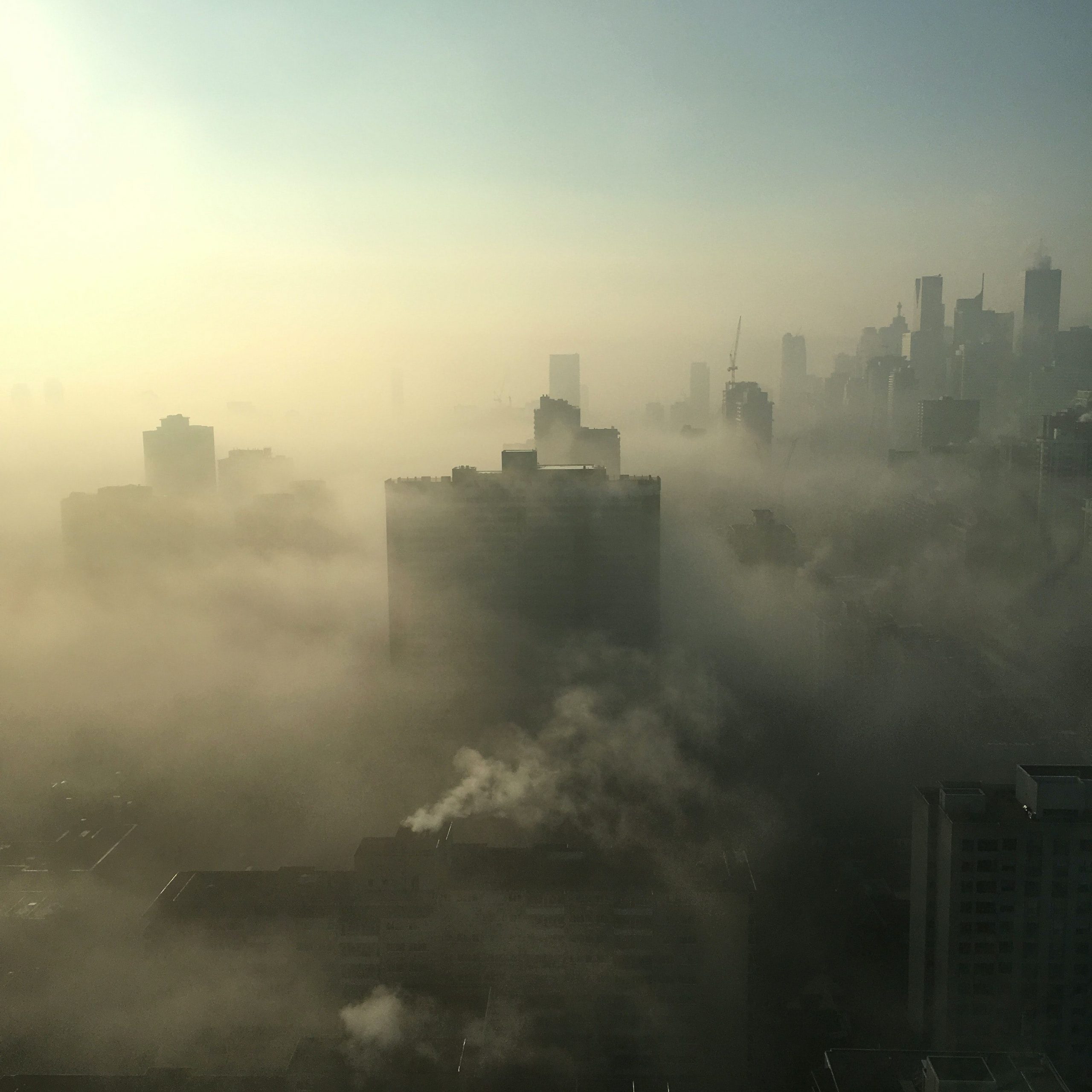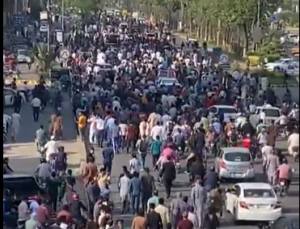Union Environment Minister Bhupender Yadav launched a vicious attack on Arvind Kejriwal’s Aam Aadmi Party (AAP), blaming the Delhi government for turning the nation’s capital into a “gas chamber” and calling it a “scam.” The exchange took place on a day when smoke from farm fires contributed up to 32% of the tiny PM 2.5 lung-damaging pollutants in the city’s air – the highest in the past two years from mid-October to early November, according to Ministry of Earth Science data.
PM 2.5 are tiny particles with a diameter of 2.5 microns or less that can penetrate the respiratory tract deeply, make it to the lungs, and then enter the bloodstream. The increase in stubble burning incidents in Punjab this year, according to the Commission for Air Quality Management, “is a matter of serious concern.” Paddy straw burning in neighbouring states is a significant factor in the alarming increase in air pollution levels in the national capital in October and November, which also coincides with unfavourable meteorological conditions.
Also Read| Nagrota (Himachal Pradesh) assembly election: date, result, candidates’ list and latest news
Before cultivating wheat and vegetables, farmers quickly remove crop residue from their fields by setting them on fire. The national capital has experienced chaos in recent years due to the smog problem. Here are a few of the factors that are fueling the sudden changes in air quality and aggravating the issues that crop burning and Diwali festival firecrackers frequently cause.
Why air pollution rises in October?
Around October, when farmers have finished harvesting their rice crops, the area’s air quality typically starts to steadily deteriorate. The harvesters from Punjab and Haryana, which are close to New Delhi, then typically begin removing rice paddy stubble that mechanized harvesters left behind in order to make room for wheat.
However, this year’s consistent rains made it difficult for farmers to set fire to the rice paddy stubble and begin re-planting. As a result, the Air Quality Index, which measures the concentration of poisonous particulate matter PM2.5 in a cubic metre of air, averaged 72 in the region in October, down from 126 the previous month. That number is still higher than the government’s designated “safe” limit of 50.
Also Read| Sullah (Himachal Pradesh) assembly election: date, result, candidates’ list and latest news
The condition worsens in November
In order to make up for the time they lost in October, grain growers have to act quickly. They would have 20 to 25 days to harvest the rice crop and sow the wheat in a typical year. Speed is crucial because delayed planting can lead to lower crop yields and significant losses. Many have declared that they will burn entire areas all at once this year rather than stagger fields, concentrating on the first two weeks of November.
When temperatures drop further and pollutants are trapped in the air by thick winter fogs and smogs, crop burning pollution is expected to reach its peak. Additionally, it coincides with Diwali, when Indians light firecrackers as part of an old Hindu custom. The Air Quality Index in New Delhi and other cities soared to 451, the “severe” level, on October 25, the day following the festival.
Other Factors
Moreover, the vast northern plains of India are drier and dustier than the rest of the nation. Despite being one of India’s greenest cities, experts claim that New Delhi is still exposed to pollutants from Pakistan and Afghanistan. The Great Indian Desert, also known as the Thar Desert, is located in the northwest of the subcontinent and contributes dust to Delhi’s smog.
Experts assert that farmers outside of the city have also been slow to adopt technologies and methods that could reduce the pollution caused by crop burning. Since 2018, India has provided farmers with up to 80% subsidies to help them purchase equipment that allows them to dispose of rice stubble left in the field by mechanized harvesters without burning it. However, because the plan was not implemented well, many farmers still favour burning crop waste.







